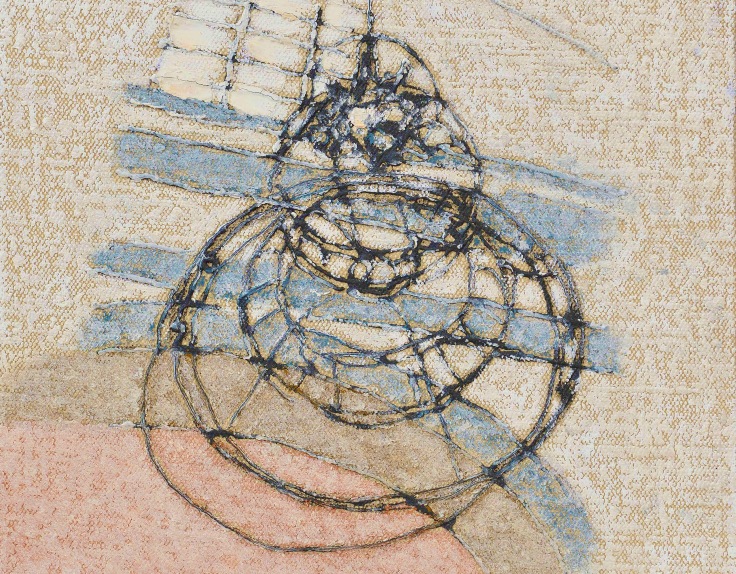By Trine Bille, Anna Mignosa and Ruth Towse
Is busking a source of income? What is the role of copyright for creators and performers? Can philanthropy and crowdfunding substitute the reduction of public support to the cultural sector? How have production and consumption of cultural products changed because of digitization? What are the contributions of big data and artificial intelligence? Has the notion of intangible heritage modified our way of looking at heritage? Will we just visit museums and watch movies at home? The cultural sector keeps on changing and ‘Teaching cultural economics’ intends to be a tool to tackle questions resulting from the evolution of the sector. Continue reading “TEACHING CULTURAL ECONOMICS”



Recent Comments